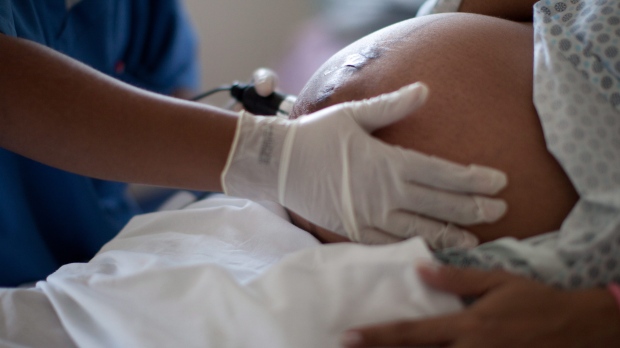Study Finds Births Through C-section Doubled Since 2000

A new study published in the medical journal The Lancet found that the number of births through cesarean section from all over the world has almost doubled in the past decades. The study shows that the number of C-section births from 2000 reached 16 million. In 2015 the procedure jumped to 29.7 million.
C-section births are life-saving when there are complications, and they’re usually recommended to save the lives of the mother or child. However, in 15 years, it has seen a huge increase, as it was used more in non-medical purposes, explains the lead author of the study Dr. Marleen Temmerman:
“Pregnancy and labour are normal processes, which occur safely in most cases. The large increases in C-section use – mostly in richer settings for non-medical purposes – are concerning because of the associated risks for women and children.”
According to the data from the World Health Organization and UNICEF, researchers found that 21% of the births across the world are delivered through the surgical procedure. The study was released in the Lancet in a series of three papers, which covered different more topics, such as the reason for the possible increase, the health risks associated with C-sections and interventions to lower the rate of the surgical procedure.
Statistics show that among the 169 countries from the study, 15 of them have 40% of the births through C-section. Some of those countries are Mexico, Brazil, Turkey, and the Dominican Republic has 58.1% – the highest figure of all 169 countries.
In North America, C-sections are used is almost 32% births, compared to 24.3% in 2000. Canada’s figures showed 26% compared to 20.9% in 2000.
C-sections are six times more likely to be used by wealthy women, wrote the study.
Temmerman explains that C-sections are lifesaving in cases with complications and that they must increase accessibility in poor regions.
However, researchers explain that there are rare and serious risks that come with the surgical procedure. Recovery after birth is more complicated, and there is a high risk of maternal death or disability. There are also cases of scarring of the womb associated with bleeding, stillbirth, ectopic pregnancy or other issues in future pregnancies.
The WHO recommendation is to reduce unnecessary C-sections, asking healthcare professionals and organizations to inform pregnant women and recommend non-clinical methods. Some of the guidelines are to start childbirth training workshops or relaxation training programs to help women learn more and get past the fear of natural childbirth.
0 comments